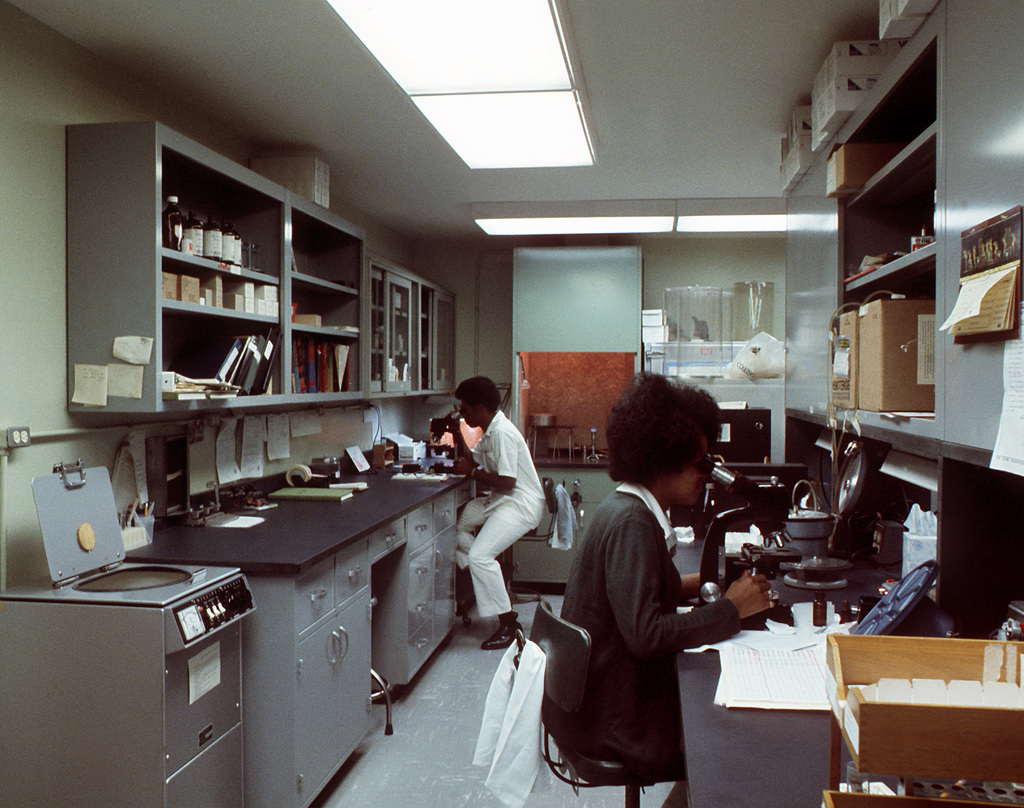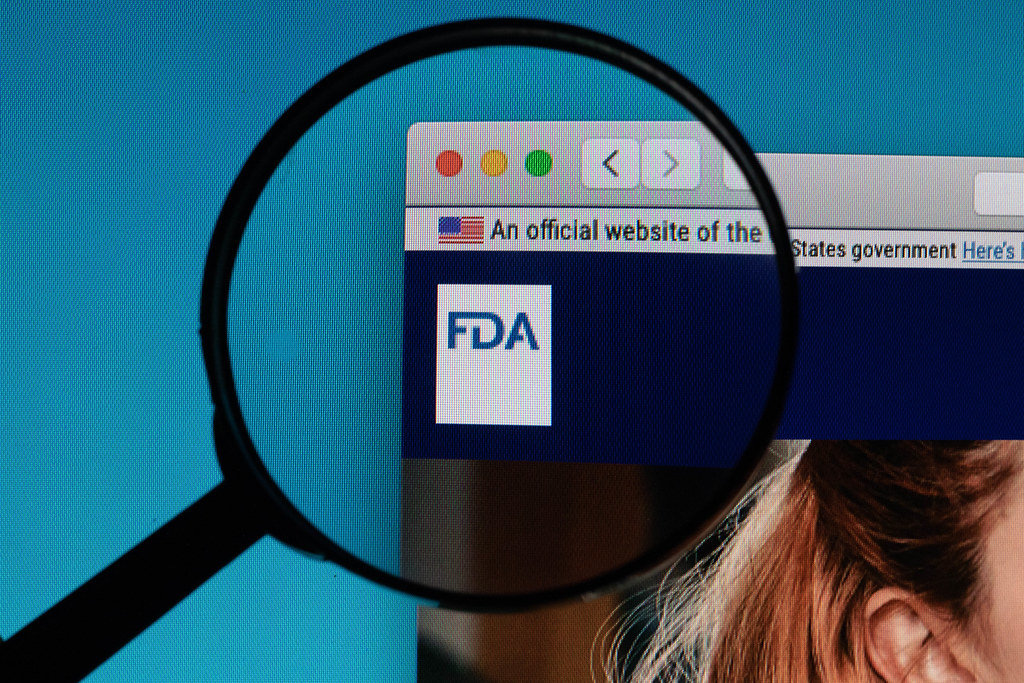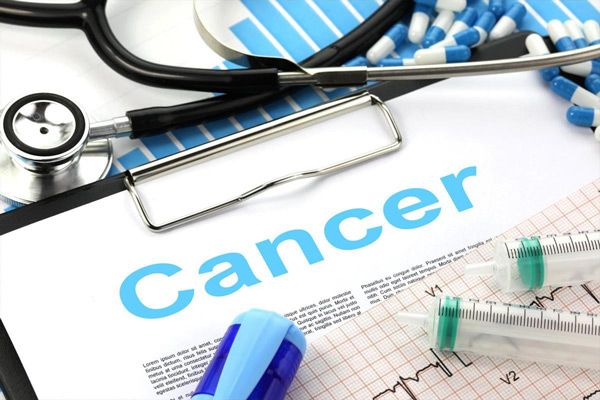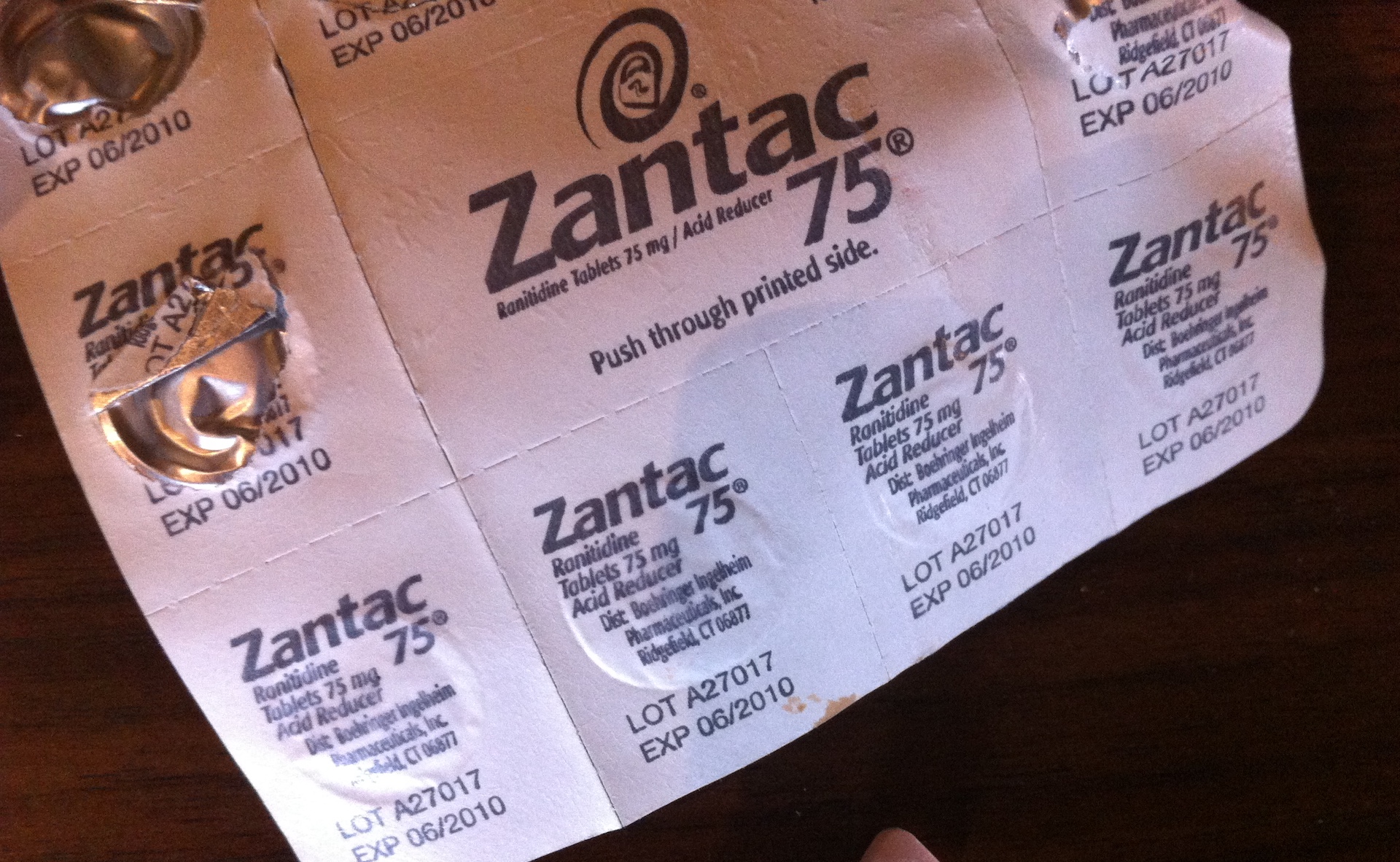Pfizer has agreed to settle more than 10,000 lawsuits alleging the company failed to disclose that Zantac, a heartburn relief over-the-counter medication, could lead to cancer risks.
The terms of the settlements were not disclosed to the public, but the agreements don’t resolve Pfizer’s exposure to the claims linking Zantac and cancer.
Zantac Hits Shelves in 1983

Zantac was brought to the market in 1983 by Glaxo Holdings and has been marketed as a medication to treat gastroesophageal reflux disease and peptic ulcer disease.
By 1988, the medicine became the world’s best-selling drug as patients reported benefits for conditions such as heartburn, ulcers, and acid reflux.
15 Million People Assume the Drug is Safe

In 2017, Zantac was used regularly by 15 million people in the US. Many users took the drug every day for long periods under the assumption that the medication was safe.
In 2018, a random quality test found that the drug contained very high levels of a chemical called N-nitrosodimethylamine (NDMA), which is highly toxic to the human body. The levels were high enough that the FDA issued a public safety warning.
FDA Recalls the Drug

In 2020, the Food and Drug Administration asked drugmakers to pull Zantac and generic versions, which used the same active ingredient, ranitidine, found in Zantac, off the market.
The FDA discovered that the drugs had a cancer-causing substance called NDMA, which was found in samples of the drug.
Many Users Reported Cancer Diagnoses

After the drug was pulled from shelves, thousands of Zantac lawsuits by people who regularly used the drug and were subsequently diagnosed with cancer.
More than 2,100 Zantac lawsuits were filed in federal courts as of June 2022.
Users File Lawsuits Against Zantac

Lawsuit Information reports that it is likely that 30,000 more Zantac cancer claims were not filed as lawsuits but have used a procedural mechanism that allows Zantac patients to “file suit” without filing a Zantac lawsuit.
These suits alleged that Zantac was the cause of their cancer diagnosis.
The Claims Against Zantac

The Zantac suits claim that defendants could have tested Zantac for NDMA, warned the FDA, doctors, and Zantac patients of the corners they should have had, shortened expiration dates, packaged this drug differently, and stored and transported Zantac at moderate heat and humidity levels.
Instead, patients were not warned about any of the issues regarding the harmful chemicals in Zantac and were negligent of the risk the product posed to the public.
How Zantac Allegedly Causes Cancer

The core of the claims is that Zantac breaks down NDMA through heat and humidity in the patients’ stomaches, and could produce cancer-causing NDMA if the patients eat high-nitrate foods.
Without warnings or suggested regulations, patients were taking in an amount that was well over the daily limit accepted by the FDA.
Well Over the FDA Approved Limit

For example, one tablet of Zantac can contain over 3,000 times the FDA-acceptable daily limit of NDMA. Most users of Zantac were taking one to two tablets a day for years.
It is no surprise that over 70,000 Zantac users are alleging the drug caused their cancer.
A Deal Is Made

While the financial terms of the deal have not been made public, Bloomberg News reports that the company will pay $100 million, or $25,000 to each plaintiff.
The agreement will resolve most of the lawsuits against the pharmaceutical company in the US state courts, except for Delaware where the majority of the cases are pending.
The Effects of Zantac

The summer that the company took Zantac off the shelf when concerns first rose accumulated in a $45 billion loss in their market capitalization.
However, the company behind the drug stands behind its product. “We are confident in our position based on the facts and science and look forward to presenting our case at trial,” a GSK spokesperson said in a statement.
Some Lawsuits Are Still Active

Almost all cases in the US have been settled except for those in Delaware. However, these cases do not mean that the drug and others like it could pose a threat in the future.
It is unclear if any other risks were a direct result of the drug beyond cancer risks.
